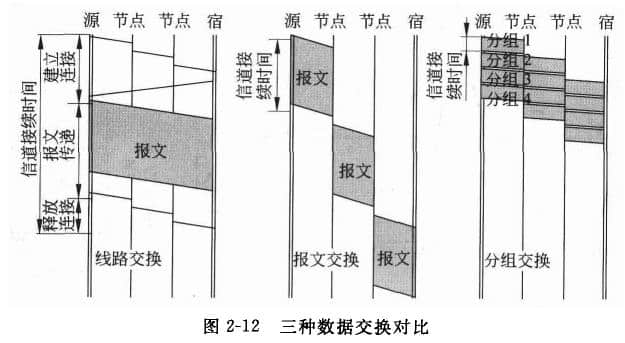-
simplified Chinese character -
Simplified Chinese English
Shangpin China Joins Hands with Beisheng Internet to Create a New Chapter in Website Construction
Data exchange technology



Station building process
-
Website requirements -
Website planning scheme -
Page design style -
Confirm delivery for use -
Data entry optimization -
Program design and development -
Follow up service -
contact number 010-60259772
Hot tags
-
Website construction -
Food website construction -
WeChat applet development -
Applet development -
Wuxi website construction -
Website construction of research institute -
Shenyang website construction -
Langfang website construction -
Zhengzhou website construction -
Construction of wedding photography website -
Mobile terminal website construction -
University website production -
Tianjin website construction -
Education website construction -
Brand website construction -
Government website construction -
Beijing website construction -
Website Design -
Website production
Latest articles
-

Website construction scheme: Fresh makeup aesthetics website Type: website construction 2025-03-13 -

Enterprise website construction plan: create a new business card for the network and open the digital future Type: website construction 2025-03-11 -

High end website production solution Type: website construction 2025-02-18
Recommended News
-
How can enterprises make profits through website construction? Real estate accounts for a large proportion of the industries engaged by the rich in China. Numerous 2019-08-30 -
What are the development trends of intensive website construction? For many enterprises, information technology is used to solve various problems encountered in the survival and development of enterprises, such as information 2019-06-12 -
How to do a good job of keyword layout in website construction time Keyword layout is an important work in website optimization. Before keyword layout, we need to make sure that 2021-09-03 -
Development history of online advertising 1. World Online Advertising Development Beijing Website Construction Company Shangpin China: Online advertising originated in 199 2013-09-05 -
Three suggestions to break the traditional website design mode With the rapid development of the Internet information age and the increasing number of website construction companies, the traditional website design is no longer 2020-07-26 -
Technical Features of Mobile Internet 1 Definition of Mobile Internet Mobile Internet is independent of Internet website construction and mobile communication 2016-01-08
Make an appointment with a professional consultant to communicate!
Disclaimer



